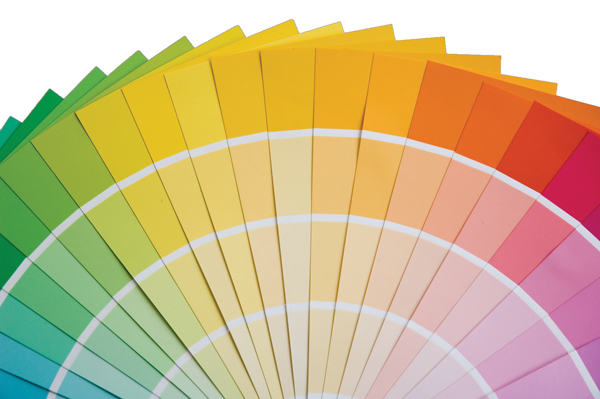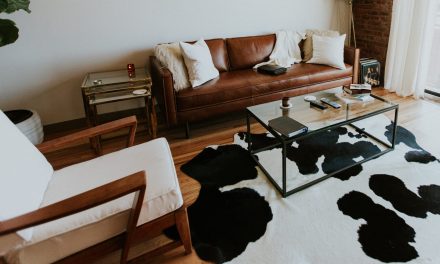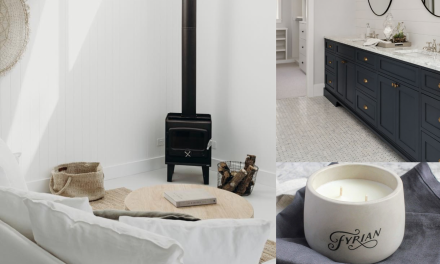Colour can be one of the most powerful and cost effective methods of transforming a home.
But be warned! Paint is the last step in the transformation process. The big ticket and fixed fittings of the home need to be finalised first.
Prior to selecting a paint colour, consider elements like furniture, tiles, wallpaper, soft furnishings, window dressings and floor coverings. The paint can then be matched to any colour that will both tie in and tie together all of these decorative components.
Once these items have been determined then the following considerations will help you to make the correct colour selection.
[list style=”square”][list_item]Consider the lighting in each room. Warmer colours generally tend to fare better in rooms that have more artificial light and add a sense of coziness.[/list_item][list_item]Create a mood board for each room, using fabrics, tiles, photos of furnishings, and paint samples. This will help you ensure the overall effect is appealing.[/list_item][list_item]Use an enlarged house floor plan to show the flow of colour throughout the rooms. Note rooms that require lighter shades or those that open on to each other. What works in one room may clash with the room next door.[/list_item][list_item]Keep woodwork, ceilings and doors the same colour. This will ensure that there is a harmonious flow between all the rooms. Avoid pure white for both the ceiling and woodwork as this has a tendency to yellow. I advise clients to add one per cent black to the ceiling paint and five per cent of the dominant wall colour to the woodwork paint.[/list_item][list_item]Use the 60-30-10 rule to create a balanced room. The dominant colour generally covers the walls and thirty per cent of the room is the secondary colour, which may be found in the furniture and curtains. Finally ten per cent is applied to the accent colour in items like cushions or flowers.[/list_item][list_item]Use colour theory to select colours that work together using a colour wheel. Fool proof colour palettes may be selected using one of the following methods:[/list_item][/list]
- monochromatic– tones of a single hue created by adding black or white to the colour
analogous– colours that sit alongside of each other on the colour wheel, for example blue and green or red and orange
complementary– opposite hues on the colour wheel
contrasting– selecting three hues from even spaces on the colour wheel
And if it all gets too much to bear, look to the experts to help make your selection. Large paint supplying companies such as Dulux, Wattyl and Porters all pay large fees for interior designers to present combinations of stunning colours that reflect up to date trends. It is in their best interest for you to love the colours.
Remember: always get a sample pot of your selected colour before painting. It’s a small price to pay to get it just right.
By Linda OBrien












